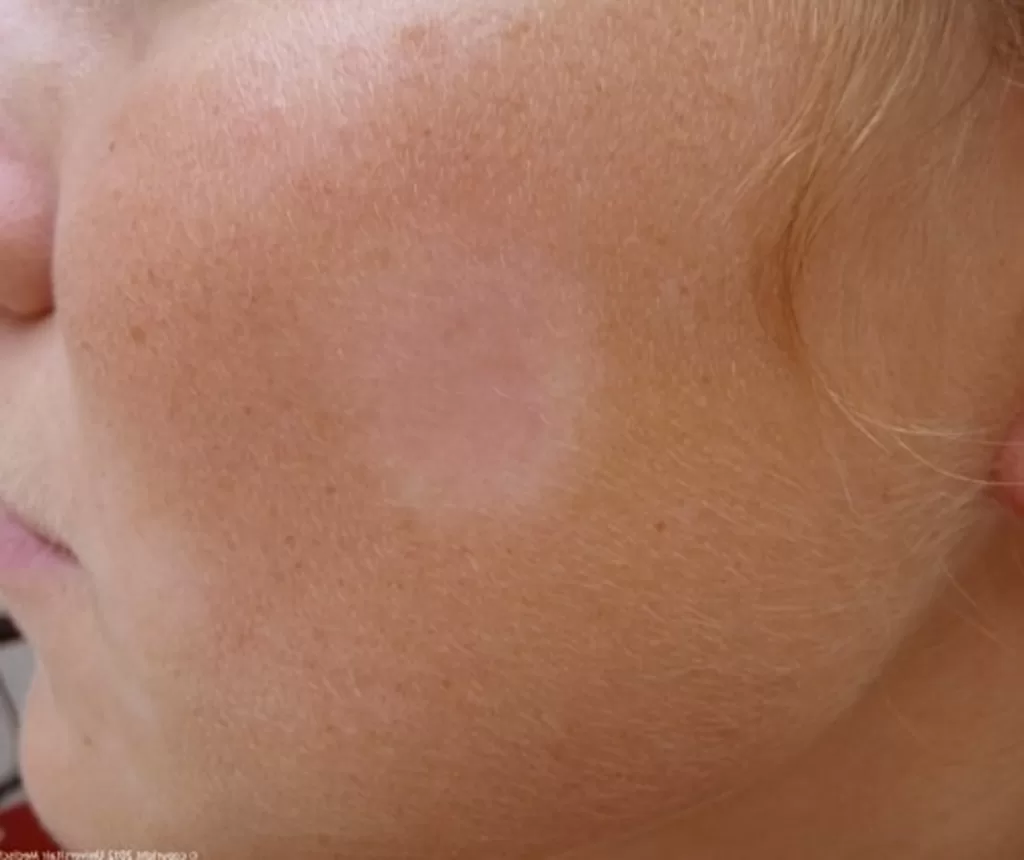Pityriasis Alba Treatment: Pityriasis alba is a common skin condition characterized by ill-defined, hypopigmented macules or patches with fine scaling. These lesions are typically asymptomatic (not itchy or painful) and are most commonly seen in children and young adults, particularly around the age of 6 years old, though they can occur in older individuals as well. The hypopigmentation is often more noticeable in individuals with darker skin tones, making the condition more apparent in these populations.
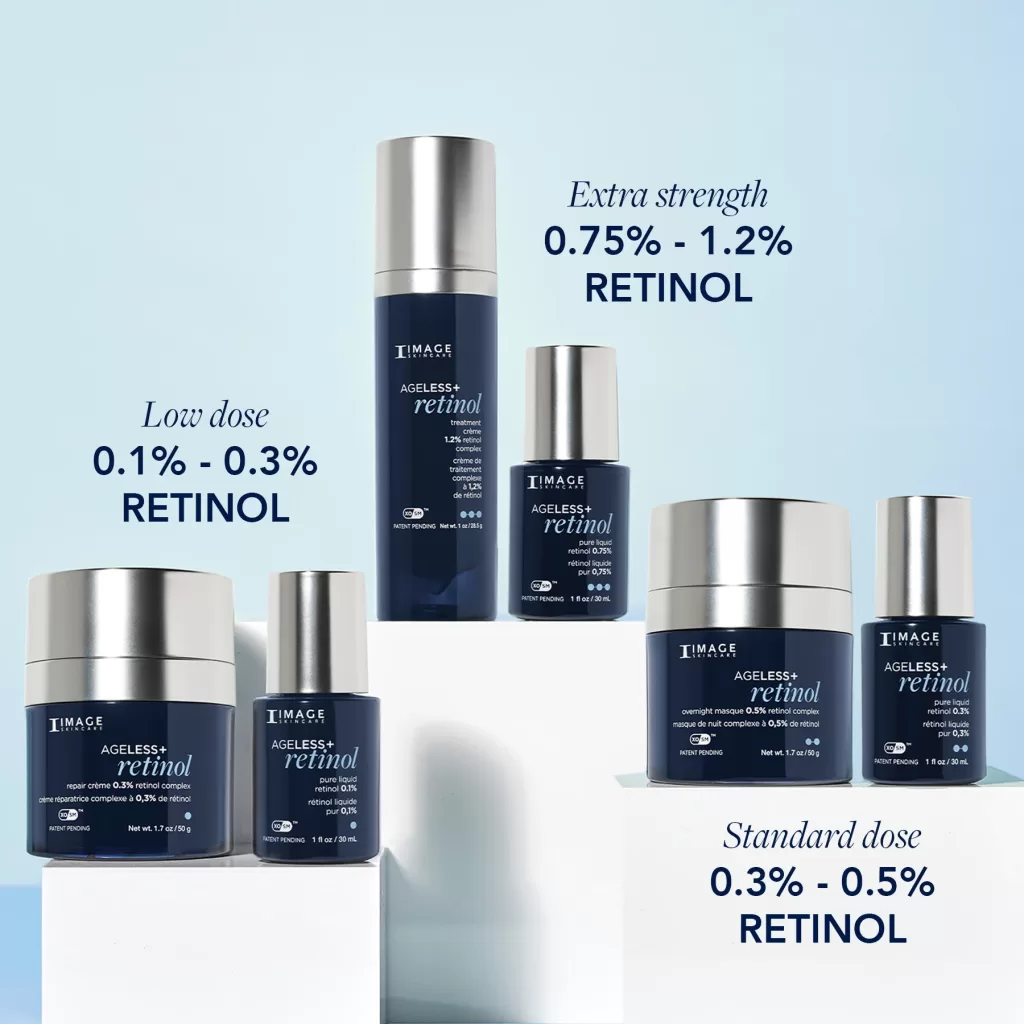
Ageless+ Retinol Collection: Transform Your Skincare Routine
Key Characteristics of Lesions in Pityriasis Alba:
- Age and Appearance:
- The lesions are most prevalent in children, especially around the age of 6, but can also occur in adolescents and young adults.
- They appear as ill-defined, hypopigmented macules or patches with a fine, powdery scale. The hypopigmentation is not complete (unlike vitiligo) and often has a subtle, off-white or light pink hue.
- The lesions are usually round or oval and can vary in size, ranging from a few millimeters to several centimeters in diameter.
- Location:
- The lesions are typically bilateral (appearing on both sides of the body) and are most commonly found on the face (especially the cheeks), arms, and neck.
- Less frequently, they may also appear on the upper trunk and shoulders.
- The distribution is often symmetrical, which helps distinguish it from other skin conditions.
- Duration:
- The hypopigmented patches may persist for several months to over a year before gradually resolving on their own.
- In some cases, it may take 1 year or longer for the skin to return to its normal pigmentation.
- The condition is self-limiting, meaning it resolves without treatment, though proper skincare can help speed up recovery and improve the skin’s appearance.
history of atopic dermatitis (eczema)
- Associated Factors:
- Pityriasis alba is often associated with a history of atopic dermatitis (eczema) or dry skin, suggesting a link between the two conditions.
- It is more noticeable in individuals with darker skin tones due to the contrast between the hypopigmented patches and the surrounding skin.
- The exact cause is unknown, but factors such as sun exposure, dry skin, and mild inflammation are thought to play a role.
- Clinical Course:
- The lesions are not harmful and do not cause significant discomfort, though they may be a cosmetic concern for some individuals.
- Over time, the patches gradually regain their normal pigmentation, especially with the use of moisturizers, mild topical steroids (to reduce inflammation), and sun protection to prevent further contrast between affected and unaffected skin.
In summary, pityriasis alba is characterized by hypopigmented, scaly patches that are most commonly seen in children, particularly on the face, arms, and neck. The lesions are bilateral, ill-defined, and may take several months to over a year to resolve. While the condition is benign and self-limiting, proper skincare can help manage symptoms and improve the skin’s appearance.
Statistical data
Statistical data and detailed analyses indicate that pityriasis alba is relatively common, particularly among children aged 3 to 16 years. Studies suggest it affects approximately 5% of children worldwide, with higher prevalence observed in regions with sunnier climates and among populations with darker skin tones. Geographical and demographic trends show that the condition is more frequently reported in areas with higher UV exposure, possibly due to the contrast between affected and unaffected skin becoming more pronounced. While it is a self-limiting condition, understanding its prevalence and distribution can help in recognizing and managing it effectively.
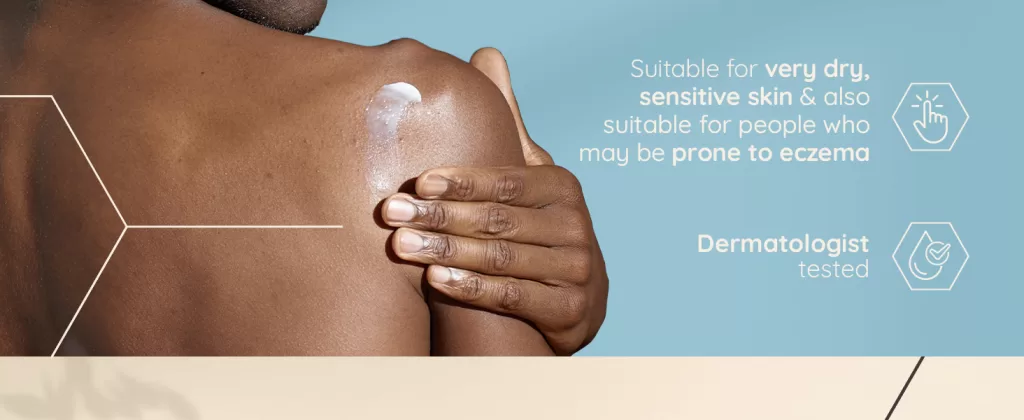
Prognosis and Management of Pityriasis Alba: Expected Outcomes and Care Strategies
The prognosis for patients with pityriasis alba is excellent, as the condition is benign and self-limiting. Here’s a detailed breakdown of the expected outcome and management strategies:
Resolution:
- Spontaneous Improvement: Pityriasis alba typically resolves on its own without the need for extensive medical intervention. The hypopigmented patches gradually regain their normal pigmentation over time.
- Timeline: In most cases, the lesions may take several months to over a year to fully resolve. In some instances, it can take 1 year or longer for the skin to return to its normal appearance.
- No Scarring: The condition does not cause scarring or permanent skin damage, and the skin typically returns to its normal texture and color once the lesions resolve.
Treatment Focus:
While pityriasis alba does not require aggressive treatment, certain measures can help manage symptoms and improve the skin’s appearance during the recovery period:
- Trigger Avoidance:
- Minimize exposure to potential irritants, such as harsh soaps, detergents, or environmental factors that may dry out the skin.
- Avoid excessive sun exposure, as the contrast between hypopigmented patches and tanned skin can make the lesions more noticeable. Sunscreen should be used to protect the affected areas.
- Good General Skin Care:
- Regular use of moisturizers helps maintain skin hydration and reduces scaling. Emollients or creams containing ingredients like ceramides can be particularly beneficial.
- Mild, fragrance-free cleansers should be used to avoid further irritation.
- Topical Treatments (if needed):
- Low-potency topical steroids (e.g., hydrocortisone 1%) may be prescribed for a short period to reduce mild inflammation and redness, if present.
- Non-steroidal options, such as topical calcineurin inhibitors (e.g., tacrolimus or pimecrolimus), can also be used to address inflammation without the side effects of steroids.
Patient Education:
- Reassurance: It is important to educate the patient and their parents about the benign nature of pityriasis alba. Emphasize that the condition is not contagious, harmful, or associated with any serious underlying health issues.
- Self-Limited Course: Explain that the condition is self-limited and will resolve on its own over time, even without treatment. This helps alleviate concerns and prevents unnecessary anxiety.
- Cosmetic Concerns: Address any cosmetic concerns by reassuring that the hypopigmentation is temporary and will improve with proper skincare and time.
Long-Term Outlook:
- Recurrence: In some cases, pityriasis alba may recur, especially in individuals with a history of atopic dermatitis or dry skin. However, these recurrences are typically mild and follow a similar self-limiting course.
- No Long-Term Effects: There are no long-term complications associated with pityriasis alba, and the skin returns to its normal appearance without any lasting effects.
In summary, the prognosis for patients with pityriasis alba is very favorable. The condition resolves spontaneously over time, and management focuses on trigger avoidance, good skincare practices, and patient education to reassure families about the benign and self-limited nature of the disorder.
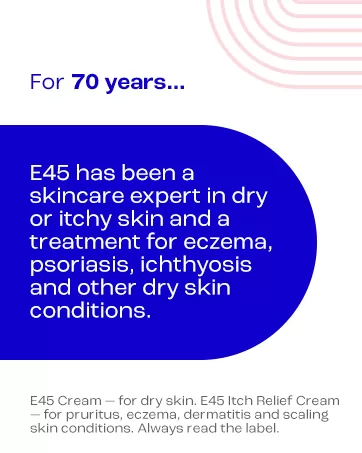
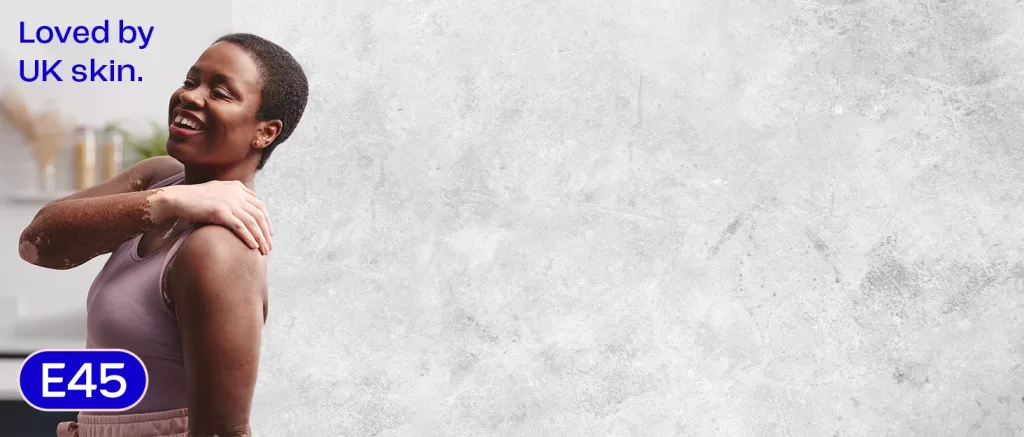
Understanding the Background and Pathophysiology
While the precise origin of pityriasis alba remains elusive, it is frequently linked to atopic dermatitis. It predominantly affects individuals with a history of allergies, such as hay fever or asthma, suggesting an underlying immune response. This condition is more prevalent in areas with higher sun exposure, where the contrast between affected and normal skin becomes more apparent.
Pathophysiological Insights
The pathophysiology involves mild inflammation that leads to the disruption of melanocytes, the cells responsible for pigment production. This results in the characteristic hypo-pigmented patches. The inflammation is usually subtle, often going unnoticed, but can be exacerbated by environmental factors and skin irritation.
Understanding the Causes of Pityriasis Alba
Pityriasis alba is primarily a benign skin condition characterized by pale patches on the skin.
Common Causes:
- Skin Dryness: One of the leading factors is dry skin. When the skin lacks moisture, it becomes more prone to developing these lighter patches.
- Sun Exposure: Overexposure to the sun can exacerbate the condition, leading to more apparent discoloration.
- Atopic Dermatitis: Often seen in individuals with a history of eczema or atopic dermatitis, which affects the skin’s ability to retain moisture.
- Environmental Factors: Changes in climate, especially during the dry and cold seasons, can contribute to the likelihood of developing pityriasis alba.
- Underlying Allergies: Allergic reactions or the presence of allergens can also play a role in triggering this condition.
Understanding these causes can help in managing and preventing the occurrence of pityriasis alba by employing appropriate skincare practices and environmental controls.
Understanding the Link Between Pityriasis Alba and Irritant Contact Dermatitis
Pityriasis alba and irritant contact dermatitis might seem unconnected at first glance, but they share a pathway in the skin’s response that can lead to similar outcomes. Here’s how their relationship unfolds:
Shared Symptoms and Presentation
- Hypopigmentation: Both conditions can result in patches of lighter skin. Pityriasis alba is often characterized by these pale, scaly patches, especially on the face. Similarly, irritant contact dermatitis can lead to lighter skin areas after inflammation subsides.
Sequential Development
- Initial Irritation: When the skin is exposed to irritants, such as harsh chemicals or environmental factors, irritant contact dermatitis can develop. This causes inflammation and redness.
- Resolution and Aftermath: Once the dermatitis resolves, it may leave behind areas of post-inflammatory hypopigmentation. This means the skin temporarily loses its pigment after the inflammatory condition settles down.
- Return to Normalcy: Given time, the affected skin typically regains its normal pigment and blends with the surrounding areas.
Differential Diagnosis Consideration
- Clinical Evaluation: When diagnosing skin conditions that involve hypopigmentation, healthcare providers often consider pityriasis alba alongside other potential causes, including the aftereffects of irritant contact dermatitis.
Understanding these connections helps in identifying the underlying cause of hypopigmented patches, guiding treatment, and setting expectations for skin recovery.

Important Considerations for Managing Pityriasis Alba
When addressing pityriasis alba, it’s essential to focus on a straightforward, yet effective, set of strategies:
- Natural Resolution and Trigger Avoidance:
Pityriasis alba often resolves on its own without the need for aggressive treatment. The primary goal should be to identify and steer clear of potential triggers that could exacerbate the condition. This can include avoiding harsh skincare products or irritants that might prompt flare-ups. - Emphasizing Skin Care:
Encourage gentle skincare routines. Opt for mild cleansers that won’t strip the skin of its natural oils. Consistent moisturizing can help maintain the skin’s barrier, preventing dryness and irritation that might worsen the appearance of lesions. - Parental Education:
It’s crucial to inform parents—or the affected individuals—about the benign nature of this condition. Understanding that pityriasis alba is typically healthy and self-limiting can alleviate unnecessary concerns and empower them to manage the condition effectively at home. - Sun Protection Practices:
Adequate sun protection is vital. Sunscreen can prevent the areas of depigmentation from becoming more noticeable as tan lines form around the lesions. Continuous sun exposure can lead to uneven skin tone, as the surrounding skin darkens while the spots remain light. Encourage the use of a broad-spectrum sunscreen with a high SPF rating to safeguard the skin. - Limited Need for Medication:
Since pityriasis alba is generally asymptomatic and does not cause discomfort, pharmaceutical interventions are rarely required. The condition’s self-limiting nature means that treatments are often unnecessary, keeping the focus on lifestyle adjustments and skin care.
By following these considerations, managing pityriasis alba becomes a matter of lifestyle adjustments rather than intensive medical interventions.
Management and Care
Given its self-limiting nature, pityriasis alba requires minimal intervention. Key management strategies focus on:
- Moisturizing: Regular application of emollients can help reduce dryness and scaling.
- Sun Protection: Using sunscreen can prevent further contrast between affected and normal skin tones.
- Topical Treatments: In some cases, low-potency topical steroids may be prescribed to address inflammation and accelerate repigmentation.
For chronic cases, other treatments like topical calcitriol or tacrolimus ointments have shown promise in clinical trials, providing options for more extensive management when necessary.
Conclusion
Pityriasis alba, while benign and often self-resolving, can benefit from targeted skincare to alleviate its cosmetic impact. Understanding its relationship with eczema and the role of inflammation aids in formulating effective care plans, ensuring that individuals maintain healthy and balanced skin.
Pityriasis Alba Treatment typically involves using moisturizers, mild topical corticosteroids, and in some cases, calcineurin inhibitors. Topical steroids, such as hydrocortisone 1% and desonide 0.05%, can help alleviate erythema and pruritus associated with initial lesions and may accelerate the repigmentation of existing lesions. However, it’s crucial to use these low-potency (class 5, 6) steroids sparingly to prevent long-term skin atrophy and other steroid-related changes.
Comparing three topical treatments for pityriasis alba—calcipotriol 0.005% cream
In a study comparing three topical treatments for pityriasis alba—calcipotriol 0.005% cream, tacrolimus 0.03% ointment, and topical corticosteroid—with placebo, all treatments showed significant improvements in scaling and erythema within three weeks and in hypopigmentation within eight weeks. Notably, tacrolimus outperformed both calcipotriol and topical corticosteroids in terms of repigmentation.
When considering treatment options, it’s important to balance effectiveness with safety, ensuring that topical steroids are used with frequent breaks to minimize adverse effects. This approach, combined with other treatments, can lead to more effective management of pityriasis alba symptoms.
When exploring related skin conditions and diseases, it’s important to consider a range of possibilities that might present with similar symptoms. Some of these include:
- Pityriasis Rotunda: Known for its distinctive round, scaly patches.
- Follicular Infundibulum Tumor: A rare tumor that can mimic certain skin conditions.
- Pediatric Tinea Versicolor: A common fungal infection in children, causing discolored skin patches.
- Parapsoriasis: A group of skin disorders presenting with scaly patches.
- Tinea Versicolor: A fungal infection that causes small, discolored patches on the skin.
- Pityriasis Rosea: A temporary rash that often begins as a single large patch.
Understanding these related conditions can help in distinguishing pityriasis alba from other dermatological issues, ensuring appropriate management and treatment where necessary. Pityriasis Alba Treatment typically involves using moisturizers, mild topical corticosteroids, and in some cases, calcineurin inhibitors. Here’s a closer look at the medications and treatments commonly used:
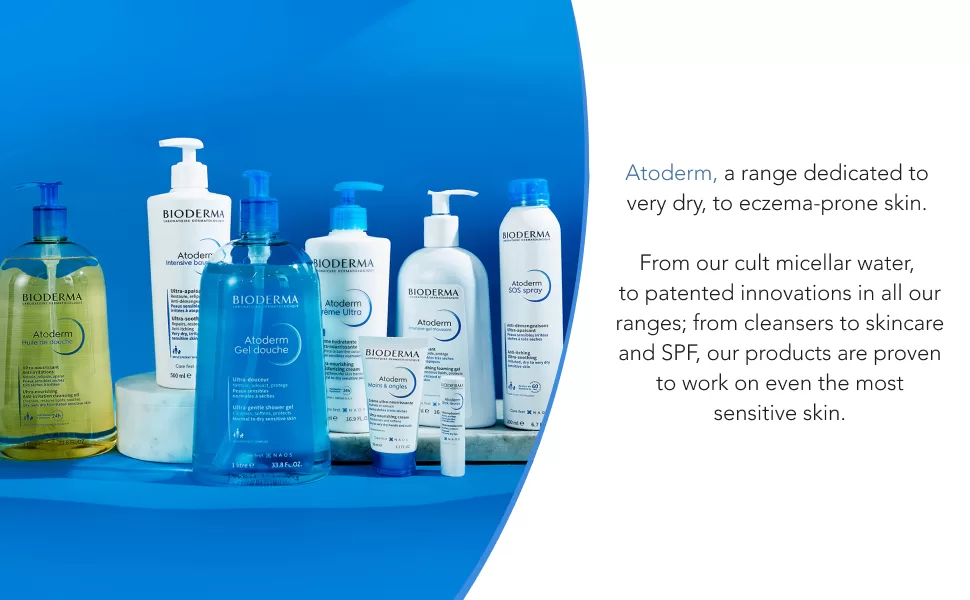
Topical Corticosteroids
- Mild Options: Low-potency topical steroids like hydrocortisone 1% and desonide 0.05% are often used to manage erythema and pruritus. These can also expedite the repigmentation of lesions.
- Usage Guidelines: It’s important to use these steroids judiciously, incorporating frequent breaks to prevent long-term side effects like skin atrophy.
Moisturizers and Emollients
- Retention of Moisture: A variety of lotions and creams containing hydrocarbons, oils, waxes, and long-chain fatty acids help maintain skin moisture, particularly when applied post-bathing.
- For Scaling: Bland emollient creams are effective for reducing scaling, especially on the face.
Photochemotherapy
- PUVA Therapy: Psoralen combined with ultraviolet light A (PUVA) may assist with repigmentation in extensive cases, although there is a notable recurrence rate after stopping treatment.
Calcineurin Inhibitors
- Tacrolimus and Pimecrolimus: Tacrolimus ointment 0.1% and pimecrolimus cream 1% have shown benefits in treating pityriasis alba. Tacrolimus, in particular, has demonstrated superior results in repigmentation compared to other treatments.
Vitamin D Analogues
- Calcitriol: This topical treatment has been found to have efficacy similar to tacrolimus in clinical trials, offering another alternative for patients.
Additional Treatments
- Calcipotriol: In clinical studies, this derivative of calcitriol has shown significant improvement in scaling and erythema.
- Zinc and Oat-Based Creams: Creams containing zinc oxide, colloidal oat extract, and copper sulfate have demonstrated effectiveness in alleviating symptoms associated with pityriasis alba.
These treatments, tailored to the severity and specific symptoms of pityriasis alba, provide a comprehensive approach to managing this skin condition.
Pityriasis Alba Treatment
Photochemotherapy, specifically Psoralen plus ultraviolet A (PUVA), plays a notable role in the treatment of pityriasis alba, primarily when there is a need for widespread repigmentation. This therapy combines a photosensitizing drug, Psoralen, with exposure to UVA light, aiming to stimulate the skin’s repigmentation process. While PUVA can be effective in improving skin appearance, it’s important to note that once treatment ceases, there is often a significant rate of recurrence. Therefore, it’s typically considered in more severe cases where other treatments have not achieved the desired results.
Understanding Tacrolimus Ointment and Pimecrolimus Cream for Pityriasis Alba Treatment
When tackling the skin condition known as pityriasis alba, certain topical treatments have shown promise in managing and improving symptoms. Two such treatments are tacrolimus ointment 0.1% and pimecrolimus cream 1%.
How Do They Work?
- Tacrolimus Ointment 0.1%:
- This ointment functions by modulating the immune system’s response in the skin.
- It reduces inflammation, which helps alleviate the redness and irritation associated with pityriasis alba.
- By diminishing the immune activity, it allows the skin to regain its natural tone over time.
- Pimecrolimus Cream 1%:
- Pimecrolimus works similarly as an immunomodulator, targeting inflammatory processes within the skin.
- It’s particularly effective in sensitive areas where steroid use might cause thinning of the skin.
- The cream soothes inflammation and irritation, promoting smoother, more even skin.
The Benefits
- Non-Steroidal: Both treatments offer alternatives to traditional steroid creams, reducing potential side effects like skin thinning.
- Targeted Action: Specifically addresses inflammation at the source, providing relief and promoting healing from within.
- Cosmetic Improvement: Helps restore skin appearance, reducing the visible patches of discoloration characteristic of pityriasis alba.
While these treatments can be beneficial, it’s essential to discuss with a healthcare provider to determine the most appropriate option based on individual health needs and circumstances.
Efficacy of Calcitriol in Treating Pityriasis Alba
Calcitriol, a topical form of vitamin D, has demonstrated notable effectiveness in treating pityriasis alba. In a well-structured clinical study involving 28 participants, calcitriol was evaluated against tacrolimus, a commonly used treatment.
This study was double-blind and placebo-controlled, ensuring reliable results. The findings revealed that calcitriol’s ability to improve symptoms was on par with that of tacrolimus. This establishes calcitriol as a viable option in managing this skin condition, offering potential benefits similar to established therapies.
Understanding Pityriasis Alba
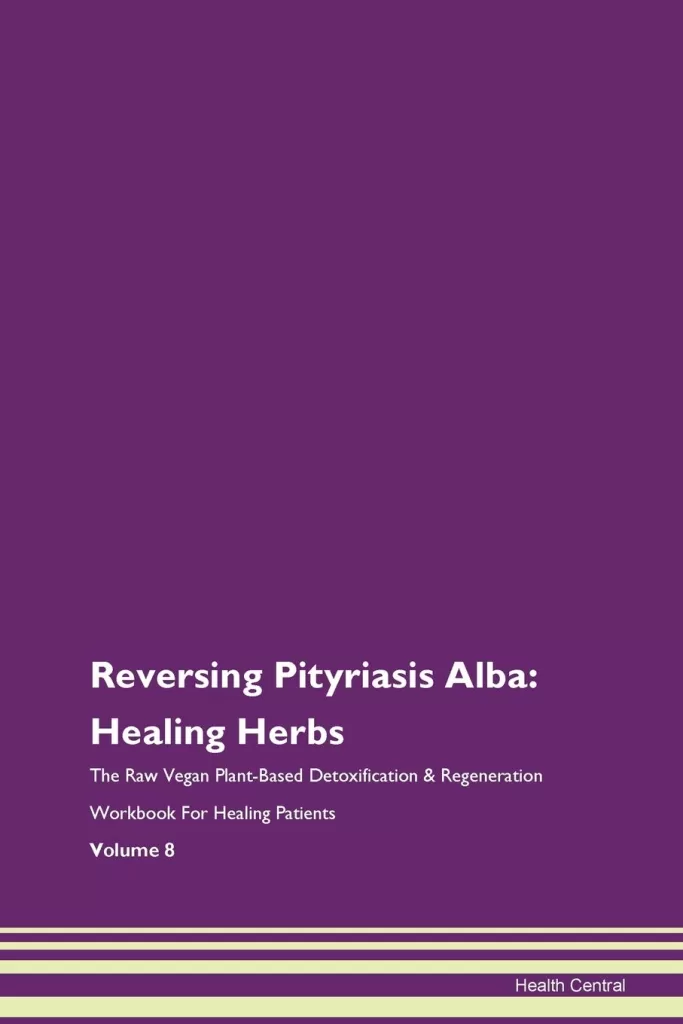
Reversing Pityriasis Alba: Healing Herbs The Raw Vegan Plant-Based Detoxification & Regeneration Workbook for Healing Patients. Volume 8
Pityriasis Alba Treatment
Pityriasis alba is a common skin condition that results in patchy, lighter areas on the skin, typically on the face. These patches are often dry and can become more noticeable after sun exposure. Proper skincare is essential to manage and improve the appearance of these patches. Here are some recommended moisturizers and cleansers that can help with Pityriasis Alba Treatment.
A study conducted by Al-Mutairi and colleagues demonstrated that administering a 308-nm excimer laser treatment twice a week over a 12-week period significantly improved conditions in patients with pityriasis alba. This particular laser therapy was found to be effective for managing the symptoms associated with this skin condition. The findings suggest that the treatment is a viable and efficient approach for addressing pityriasis alba.
“How effective is laser therapy for pityriasis alba?” the treatment was found to be effective, as evidenced by the significant improvements observed in the study.
Diagnosing Pityriasis Alba: A Practical Approach
Pityriasis alba is a skin condition characterized by lighter patches, primarily affecting children and young adults. Diagnosing this condition involves several key considerations to ensure accurate identification and effective management.
Clinical Evaluation
The diagnosis of pityriasis alba is primarily clinical. Physicians look for distinct, pale, round or oval patches on the skin, usually on the face, arms, or upper trunk. These patches are often dry and may exhibit slight scaling.
Patient History
A thorough medical history is crucial. Understanding the patient’s age, any recent sun exposure, and family history of similar skin changes can provide valuable context. Additionally, questions regarding skincare routines or exposure to potential irritants can help in identifying triggers.
Exclusion of Other Conditions
It’s essential to differentiate pityriasis alba from other skin disorders such as vitiligo or fungal infections. Physicians may perform a Wood’s lamp examination or order a skin scraping for a fungal culture to rule out these conditions. Generally, no biopsy is required as the clinical features are quite distinctive.
Skin Care Recommendations
While the condition usually resolves on its own, managing the surrounding skin is crucial. Advising patients to maintain moisturized skin can prevent further dryness and scaling. Encouraging sun protection is also vital as it helps avoid the contrast in skin color, which can be exacerbated by sun exposure.
Educating Patients and Caregivers
Lastly, educating patients and their caregivers about the benign and self-limiting nature of pityriasis alba is important. Understanding that this condition doesn’t typically require medical treatment helps to alleviate unnecessary anxiety and promote a focus on skincare and lifestyle modifications.
By focusing on these steps, healthcare professionals can effectively diagnose and manage pityriasis alba, ensuring a clear understanding and manageable approach for patients and their families.
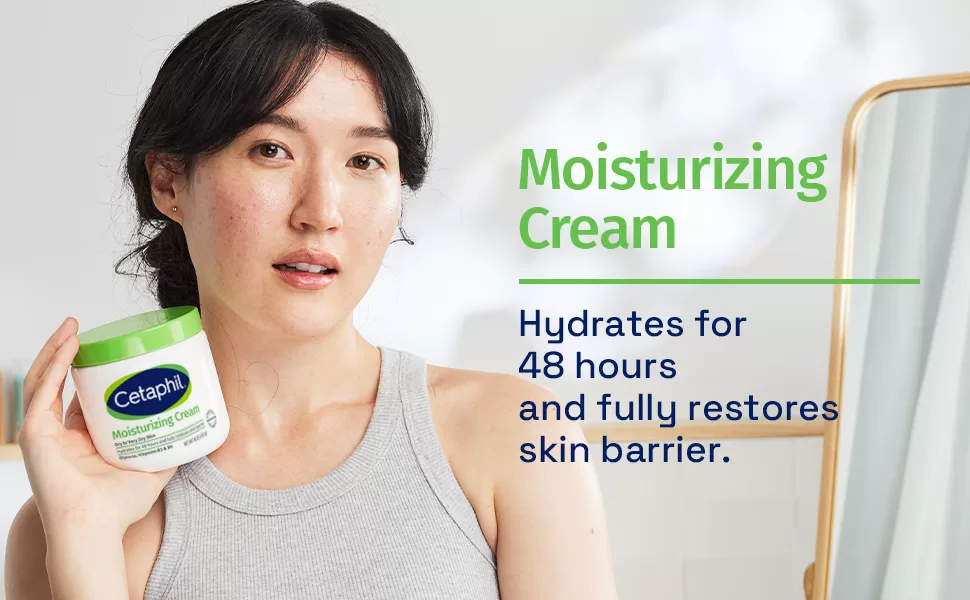
Recommended Moisturizers
1. CeraVe Moisturizing Cream
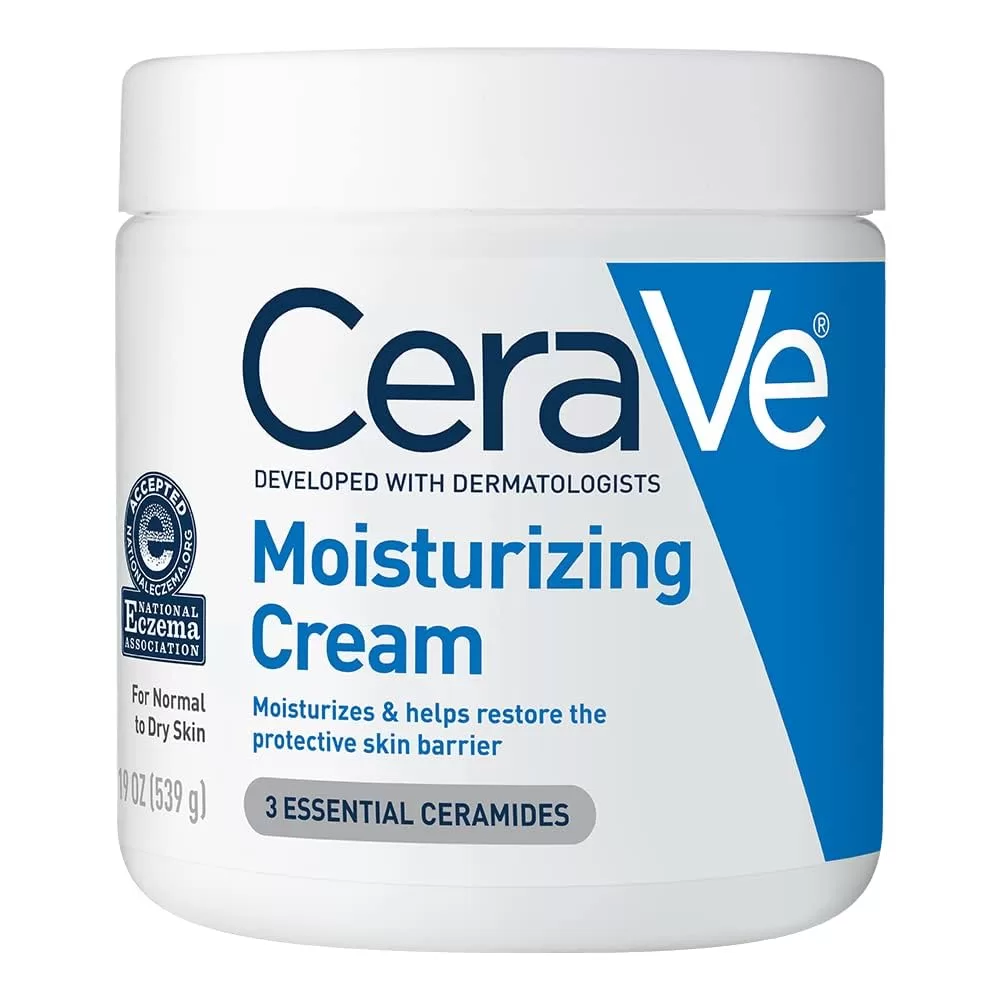
CeraVe Moisturizing Cream | Body and Face Moisturizer for Dry Skin | Body Cream with Hyaluronic Acid and Ceramides | Daily Moisturizer | Oil-Free |…
Why It’s Effective:
- Ceramides: Help restore and maintain the skin’s natural barrier.
- Hyaluronic Acid: Provides hydration and helps retain moisture.
How to Use: Apply generously to the affected areas twice daily, especially after cleansing.
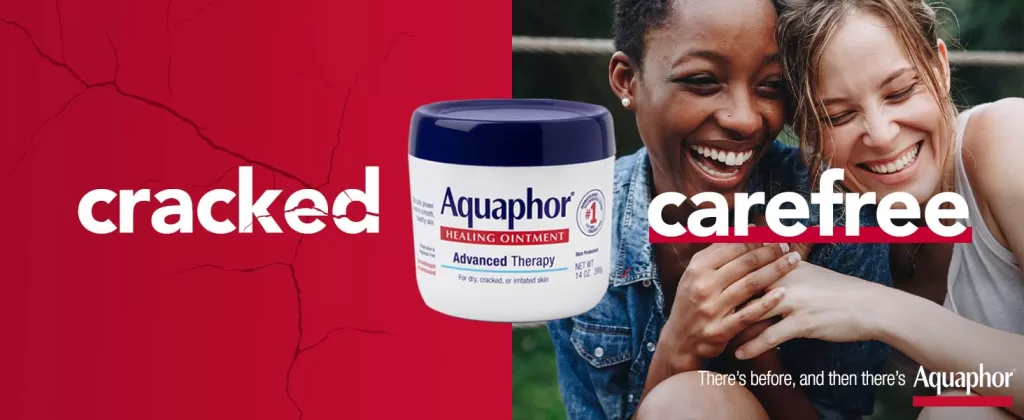
2. Eucerin Advanced Repair Cream

Eucerin Advanced Repair Body Cream for Very Dry Skin, Fragrance Free Daily Body Moisturizer, 16 Oz Jar
Why It’s Effective:
- Urea: Helps to exfoliate and soften dry, rough patches.
- Ceramide-3 and Natural Moisturizing Factors: Restore the skin’s barrier and provide long-lasting hydration.
How to Use: Use daily on the affected areas, ideally after showering or washing your face.
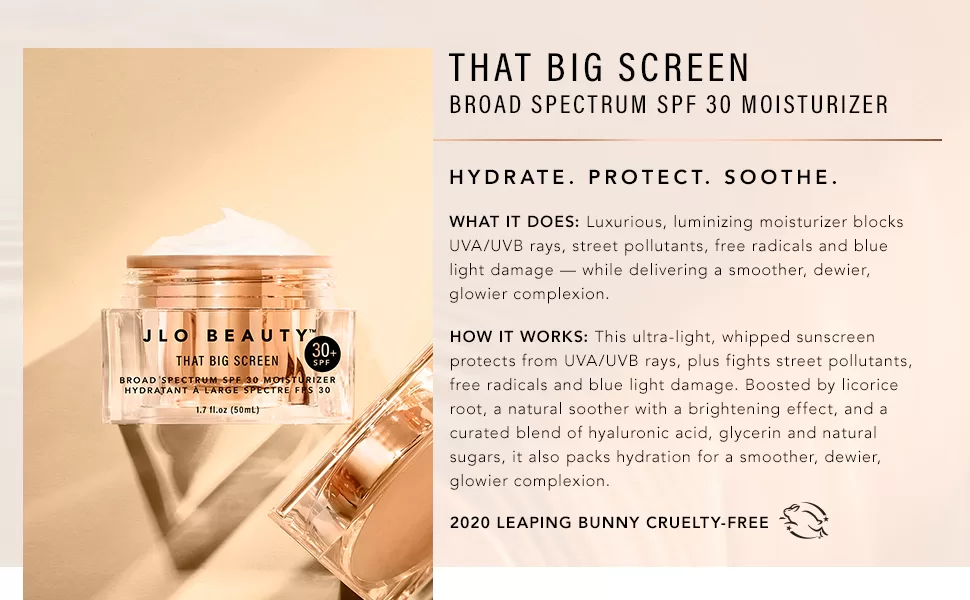
3. Vanicream Moisturizing Cream
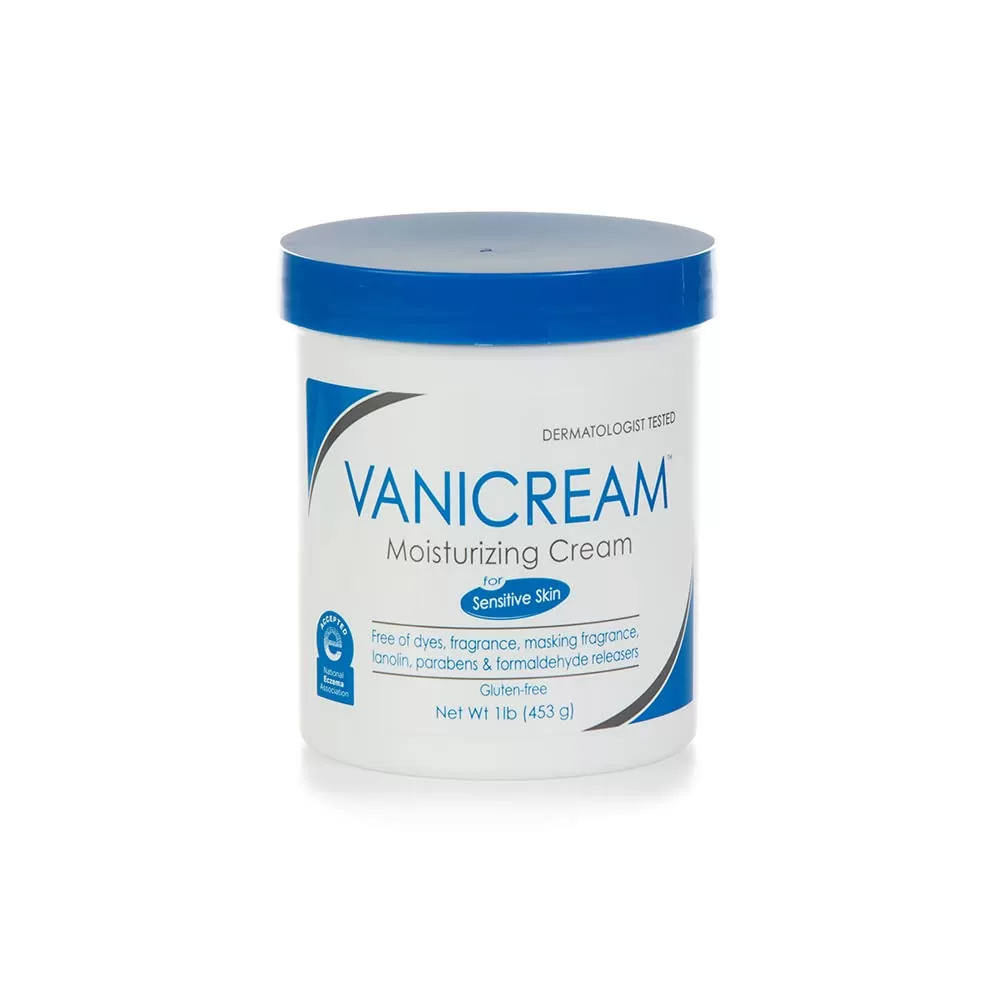
Vanicream Moisturizing Skin Cream, 16 Ounces
Why It’s Effective:
- Free of Fragrances and Dyes: Suitable for sensitive skin prone to irritation.
- Rich Emollients: Provide deep hydration and help soothe dry patches.
How to Use: Apply as needed throughout the day to keep the skin moisturized.
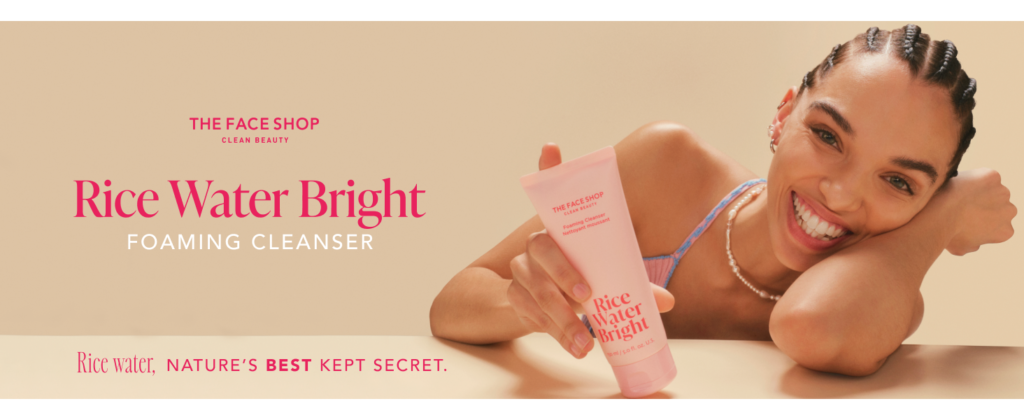
Recommended Cleansers
1. Cetaphil Gentle Skin Cleanser
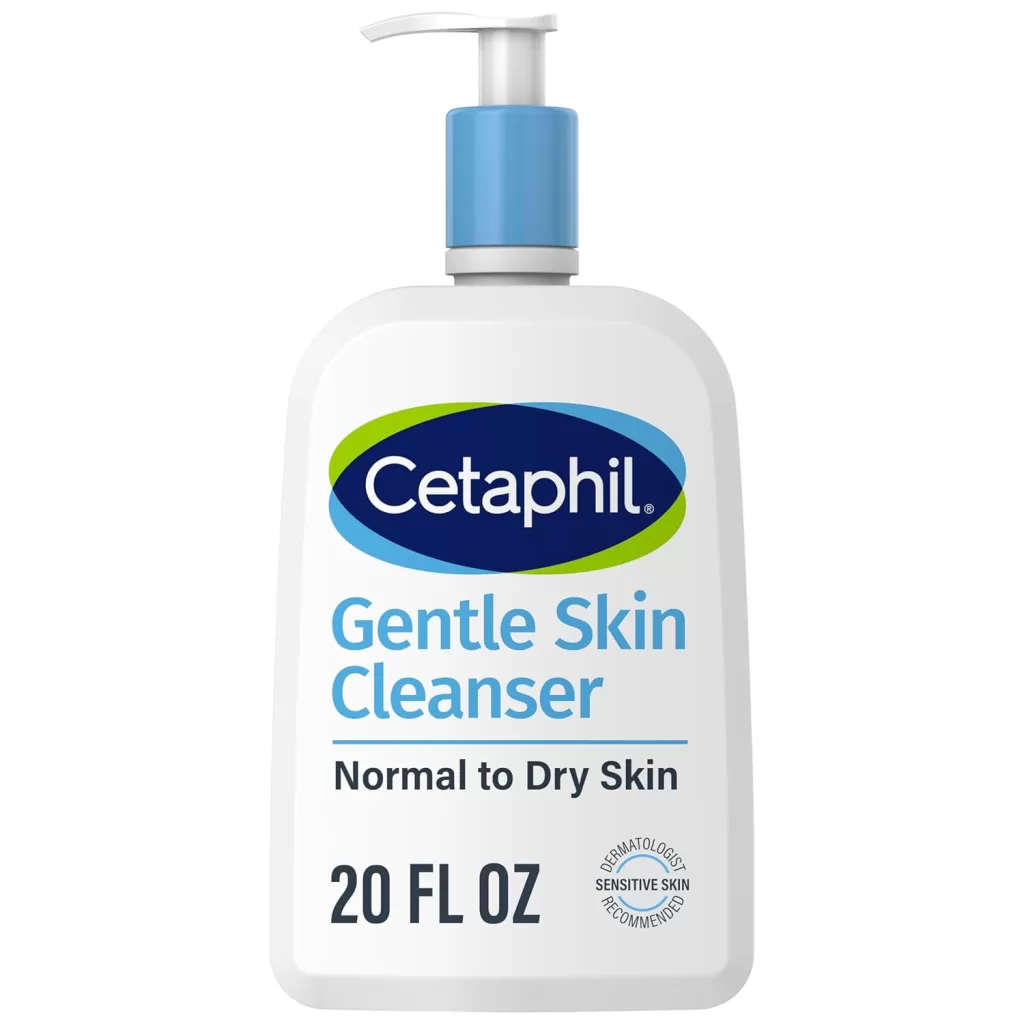
Cetaphil Face Wash, Hydrating Gentle Skin Cleanser for Dry to Normal Sensitive Skin, Mother’s Day Gifts, NEW 20oz, Fragrance Free, Soap Free and Non-Foaming
Why It’s Effective:
- Non-irritating Formula: Suitable for sensitive and dry skin.
- Hydrating Ingredients: Help maintain the skin’s moisture balance.
How to Use: Use daily to cleanse the face without stripping the skin of its natural oils.

Pityriasis Alba Treatment
2. La Roche-Posay Toleriane Hydrating Gentle Cleanser
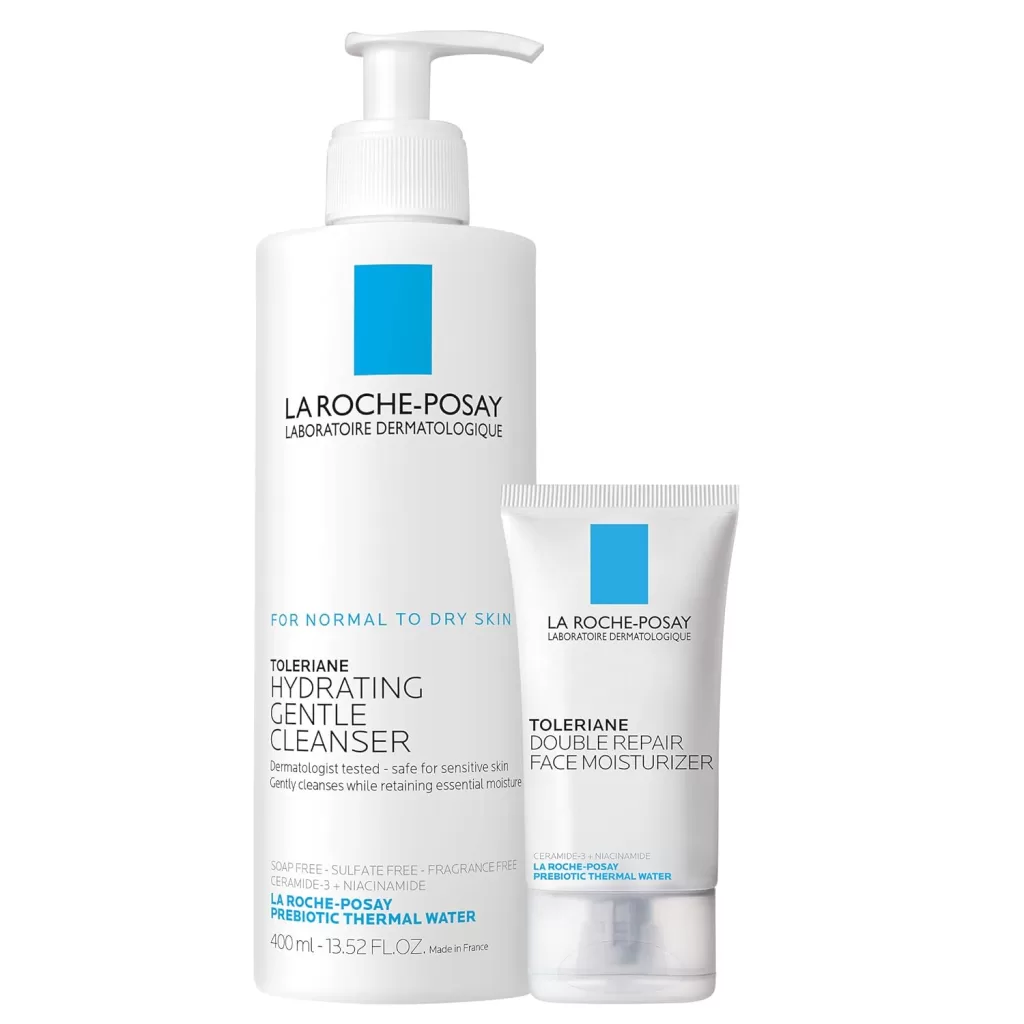
La Roche-Posay Toleriane Hydrating Gentle Face Cleanser | Hydrating Facial Cleanser With Niacinamide + Ceramides | Daily Face Wash For Dry Skin To Normal…
Why It’s Effective:
- Ceramide-3 and Niacinamide: Help restore the skin barrier and soothe irritation.
- Glycerin: Provides hydration while cleansing.
How to Use: Cleanse the face twice daily with this gentle formula to keep the skin clean and hydrated.
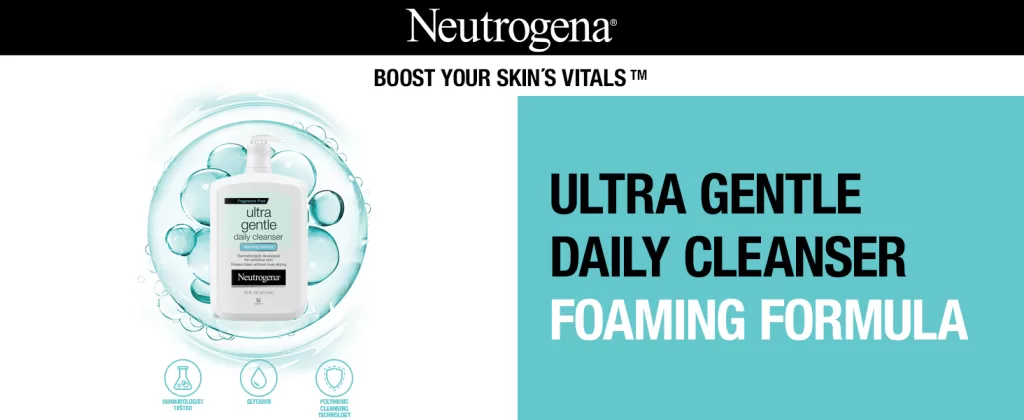
3. Aveeno Ultra-Calming Foaming Cleanser
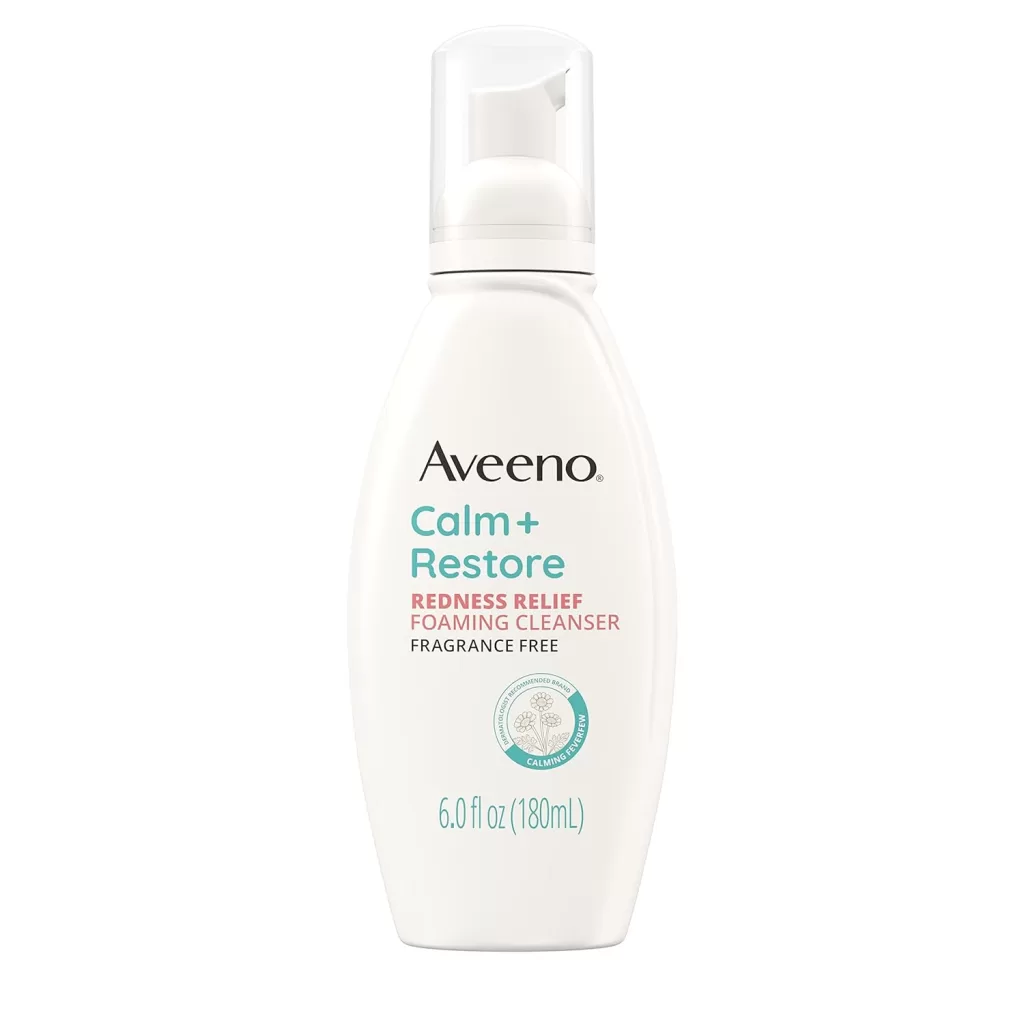
Aveeno Calm + Restore Redness Relief Foaming Cleanser, Daily Facial Cleanser With Calming Feverfew to Help Reduce the Appearance of Redness, Hypoallergenic.
Why It’s Effective:
- Calming Feverfew: Reduces redness and soothes sensitive skin.
- Gentle Formula: Perfect for daily use without causing irritation.
How to Use: Use in the morning and evening to cleanse and calm the skin.
Additional Tips for Managing Pityriasis Alba

- Sun Protection: Use a broad-spectrum sunscreen daily to prevent the patches from becoming more noticeable.
- Avoid Harsh Soaps and Hot Water: These can dry out the skin further and exacerbate the condition.
- Gentle Exfoliation: Occasionally use a mild exfoliant to remove dead skin cells, but avoid over-exfoliating, which can irritate the skin.
In a recent scientific study, sorbityl furfural palmitate cream was tested to evaluate its effectiveness in treating mild to moderate atopic dermatitis, specifically in patients with pityriasis alba. This study followed a double-blind and placebo-controlled method, ensuring the reliability of the results. Participants, ranging from infants as young as 2 months to adolescents up to 15 years old, applied the cream over a period of 15 to 30 days. The outcome indicated a statistically significant improvement in those using the sorbityl furfural palmitate cream compared to those who received a placebo treatment. This suggests that the cream may be an effective option for managing symptoms associated with pityriasis alba.

FAQs and answers about managing Pityriasis Alba:
What is Pityriasis Alba? Pityriasis Alba is a common skin condition that causes light-colored, scaly patches, often on the face and upper body. It’s more common in children and adolescents.
What causes Pityriasis Alba? The exact cause is unknown, but it’s often linked to eczema and may be triggered by sun exposure.
Is Pityriasis Alba contagious? No, Pityriasis Alba is not contagious.
How can I manage Pityriasis Alba? While it usually clears up on its own, proper skincare can help manage symptoms and improve the skin’s appearance. Here are some tips:
- Moisturize regularly: Use a gentle, fragrance-free moisturizer like CeraVe Moisturizing Cream or Eucerin Advanced Repair Cream.
- Gently cleanse: Use a mild, fragrance-free cleanser like Cetaphil Gentle Skin Cleanser or La Roche-Posay Toleriane Hydrating Gentle Cleanser.
- Protect from sun: Use a broad-spectrum sunscreen daily to prevent the patches from becoming more noticeable.
- Avoid harsh soaps and hot water: These can dry out the skin further.
- Gentle exfoliation: Occasionally use a mild exfoliant to remove dead skin cells, but avoid over-exfoliating.
Will Pityriasis Alba go away on its own?
In most cases, Pityriasis Alba clears up on its own within a few months to a year. However, the hypopigmentation (light patches) associated with the condition may take 1 year or longer to fully resolve. Proper skincare, including moisturizing and sun protection, can help speed up the process and prevent flare-ups. This condition is known to resolve spontaneously, meaning it generally requires minimal medical intervention, but patience is often needed as the skin gradually returns to its normal pigmentation.
Managing the Condition
- Trigger Avoidance: Identifying and avoiding environmental or lifestyle factors that may exacerbate the condition can be beneficial.
- Good Skin Care: Maintaining a regular skincare routine that includes moisturizing can aid in the healing process.
- Parental Education: It’s important for parents to understand that Pityriasis Alba is a benign and self-limited disorder. Educating them about its harmless nature can provide reassurance and reduce unnecessary worry.
While the condition is often temporary and non-threatening, these steps can help manage symptoms and promote healthier skin.
Can I use over-the-counter products to treat Pityriasis Alba? While over-the-counter products can help manage symptoms, it’s best to consult a dermatologist for a proper diagnosis and treatment plan, especially if the condition is severe or persistent.”
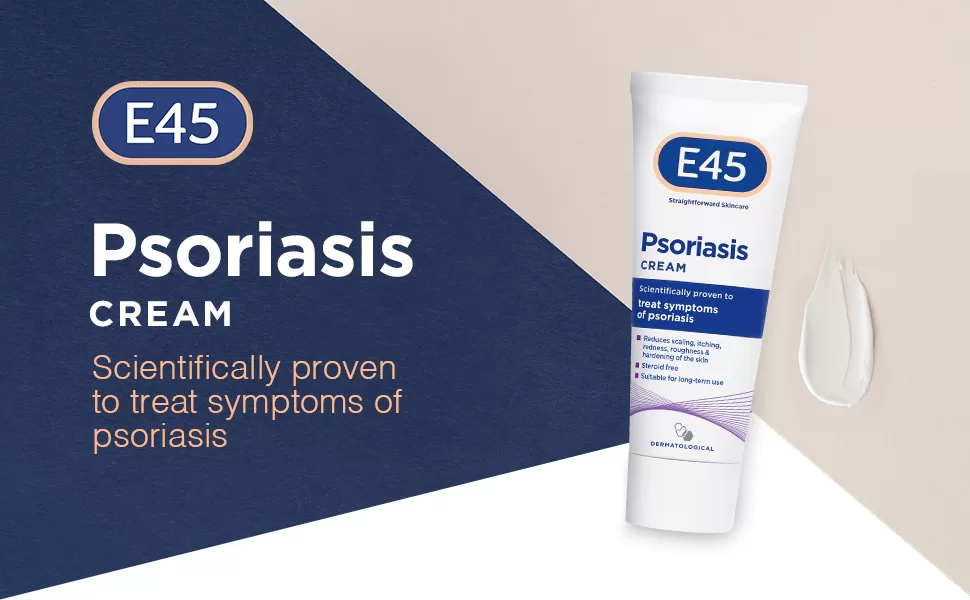
When is a Dermatologist Consultation Necessary?
In most cases, a primary care provider can effectively monitor and manage pityriasis alba. However, if the condition becomes extensive, it may warrant a referral to a dermatologist. This is particularly true if oral photochemotherapy (PUVA) is considered, as it can significantly improve the condition but comes with potential risks and is seldom required.
By consulting a dermatologist in these specific instances, patients can ensure they’re receiving the most appropriate care for their condition. Remember, while over-the-counter products can be helpful, professional advice is invaluable for severe or persistent cases.
Can I use over-the-counter products to treat Pityriasis Alba? In a recent scientific study, sorbityl furfural palmitate cream was tested to evaluate its effectiveness in treating mild to moderate atopic dermatitis, specifically in patients with pityriasis alba. This study followed a double-blind and placebo-controlled method, ensuring the reliability of the results. Participants, ranging from infants as young as 2 months to adolescents up to 15 years old, applied the cream over a period of 15 to 30 days. The outcome indicated a statistically significant improvement in those using the sorbityl furfural palmitate cream compared to those who received a placebo treatment. This suggests that the cream may be an effective option for managing symptoms associated with pityriasis alba.
Remember:
If you have concerns about your skin or if the condition worsens, it’s important to consult a dermatologist for a proper diagnosis and treatment plan.
How effective was RV 2427B cream in treating eczema associated with pityriasis alba? In a trial conducted by Bhat and colleagues, participants with this type of eczema, as well as those with various forms of irritant dermatitis, used RV 2427B cream. The study, designed as open-label and nonrandomized, revealed promising results. According to evaluations conducted by investigators, the cream achieved effectiveness in 84% of the patients. Meanwhile, self-assessments by the patients indicated a success rate of 76%.
The formulation of the cream was a blend of beneficial ingredients, including 4% zinc oxide, which is known for its soothing properties, and 2.5% dry colloidal oat extract, renowned for its calming effect on the skin. The presence of 0.5% oat oil, 0.2% copper sulfate, and 0.1% zinc sulfate further contributed to its efficacy. Overall, the RV 2427B cream showed strong potential in alleviating symptoms of eczema associated with pityriasis alba.
Conclusion
Managing pityriasis alba involves using gentle, hydrating skincare products that restore the skin’s barrier and provide long-lasting moisture. By incorporating the recommended moisturizers and cleansers into your routine, you can improve the appearance of patchy, lighter areas and maintain healthier skin.
Related Article:
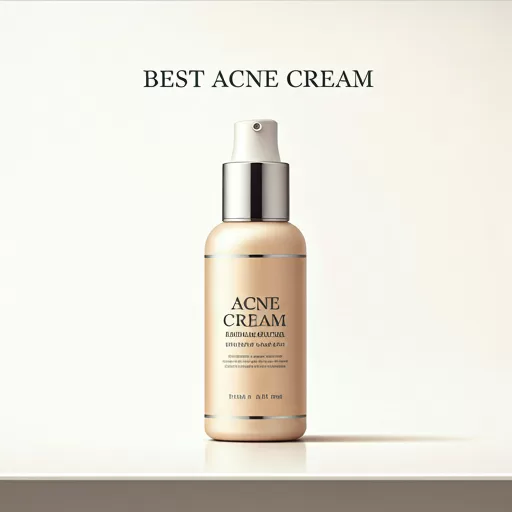
Alexa, What’s the Best Acne Cream for My Skin?

Explore more articles like this @ Where And How Resources

